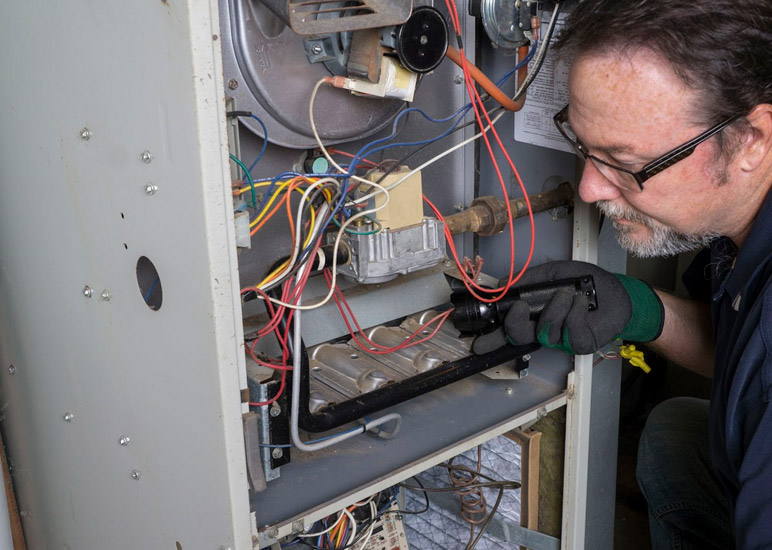 During the winter in Tracy, the comforting embrace of a warm home can feel like a haven. Our trusty furnace plays a pivotal role in maintaining this solace. Yet, a frequent question homeowners ponder is about the duration their furnace should remain off between its heating cycles. Understanding this can not only ensure optimal comfort but can also prolong the furnace’s lifespan and efficiency.
During the winter in Tracy, the comforting embrace of a warm home can feel like a haven. Our trusty furnace plays a pivotal role in maintaining this solace. Yet, a frequent question homeowners ponder is about the duration their furnace should remain off between its heating cycles. Understanding this can not only ensure optimal comfort but can also prolong the furnace’s lifespan and efficiency.
Furnace Cycle Basics: What Exactly Happens?
A furnace cycle begins when the unit starts heating and ends when it reaches the temperature set on the thermostat. This process ensures that the indoor environment maintains the comfort levels we desire. After achieving the set temperature, the furnace takes a rest, marking the “off” period. But how long should this rest or “off” period be?

Factors Determining the Off Period
As your furnace goes about its vital task of keeping your home cozy, various factors influence the duration it stays off between heating cycles. Recognizing these can offer insights into your furnace’s efficiency and performance. Let’s delve into some of the primary determinants:
Thermostat Settings
If your thermostat is set at a temperature significantly higher than the room’s current temperature, the furnace might run longer and have shorter off periods.
Outside Temperature
On particularly cold days, your furnace might need to work overtime, leading to more frequent cycles.
Furnace Size
An oversized furnace might heat your home quickly but cycle more often, while an undersized one may run longer cycles to achieve the desired warmth.
Home Insulation
Well-insulated homes retain heat better, potentially leading to longer off periods for the furnace, as the desired temperature is maintained for extended durations.
Ideal Off Period Duration
A furnace, like any well-oiled machine, thrives on balance. For optimal efficiency and longevity, a typical furnace cycle should last about 15–20 minutes. Achieving this duration ensures that the furnace operates effectively without causing undue wear and tear. If you notice exceedingly short cycles (less than 10 minutes) or exceptionally long ones, it might be a sign of an underlying issue, often referred to as short cycling or overworking, respectively. Understanding and maintaining this balance not only aids in prolonging your furnace’s lifespan but also guarantees a consistent temperature, keeping your living spaces comfortably warm.
Embracing Modern HVAC Solutions
If you’re experiencing inconsistent furnace cycles, it could be worth exploring modern HVAC technologies, such as home automation or Mitsubishi ductless air conditioning systems. Such advanced solutions can offer more precise temperature control and consistent heating patterns.
In Conclusion: Finding the Furnace Rhythm
Every home and furnace has its unique rhythm. While understanding the basics of furnace cycling is crucial, it’s equally important to recognize when professional insight is needed. Should you find the cycling pattern of your furnace puzzling, or if you’re looking to upgrade, experts at Irish Heating and Air Conditioning are always ready to assist, ensuring your home remains the cozy sanctuary it’s meant to be.





